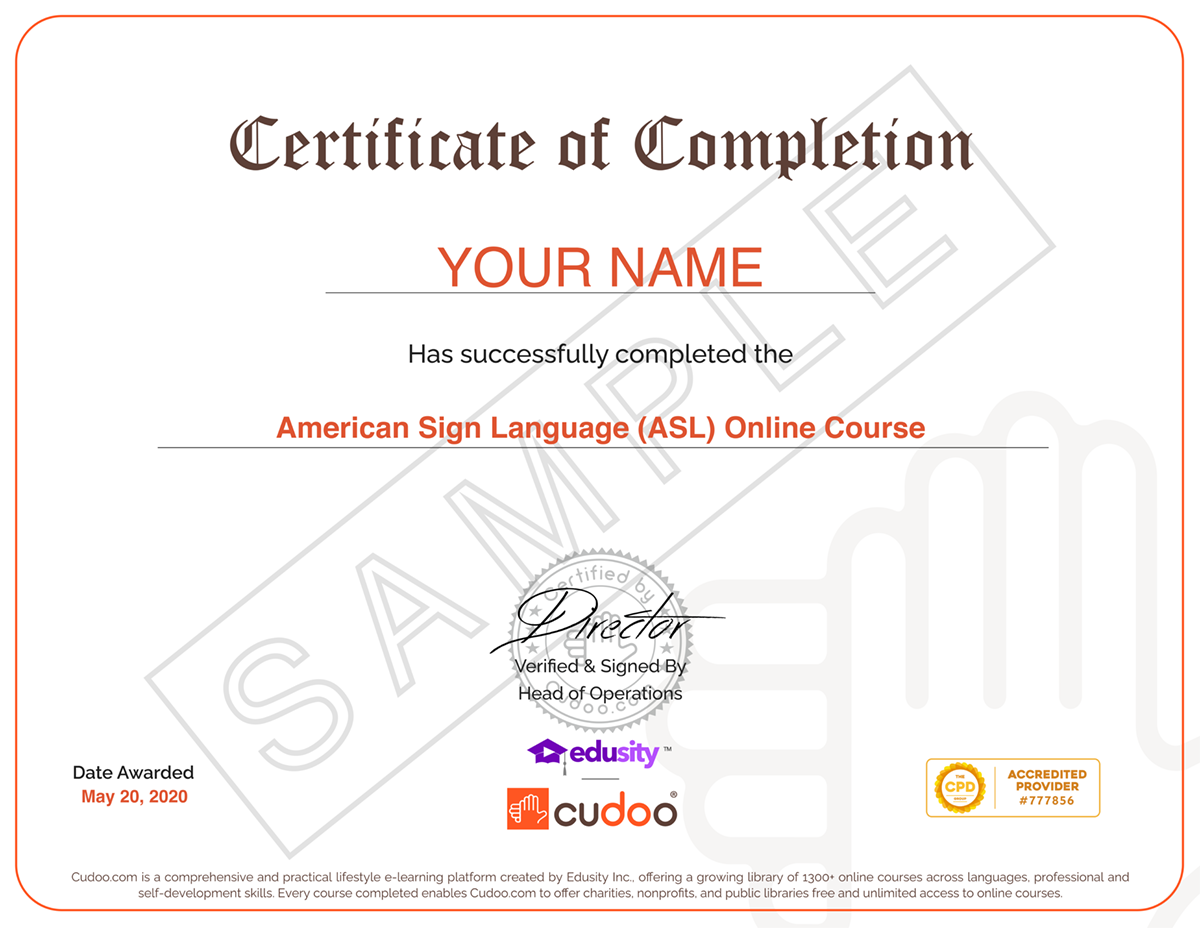Course Description
This course may be eligible for CEUs*
Saami Language Certification
In the far north of Europe, ancient sounds, unique craftwork traditions and a particular language live side by side with modern technology.
Saami, also known as Sami, Sámi, Saame, Samic and Saamic, is spoken by the Sami people indigenous to the very north of Europe, in Sápmi, which stretches across the northern parts of Norway, Sweden, Northern Finland and the Kola Peninsula (Russia).
The Saami languages, which are mutually unintelligible, are sometimes considered dialects of one language, and the Sami people live in four countries: Norway, Sweden, Finland and Russia, with North Saami spoken by about two-thirds of all Sami.
The Saami people are known to be survivors and strong due to the area’s naturally harsh climatic conditions. In Norway, the Sami language is the official language for two counties, i.e. Finnmark and Troms and is spoken in at least six other counties. Although spoken for centuries, Northern Saami did not have any documented dictionaries or grammar until the mid 18th century.
Fun Fact: All Saami people are bilingual and can fluently converse in Saami and the official language of the country they live in.
There are nearly 100,000 ethnic Sami people in Europe.
Variations:
6 of the Sami languages have standard written forms. (Northern Sami, Lule Sami, Southern Sami, Inari Saami, Skolt Sami and Kildin Sami)
Did you know?
Around 2,600 Sami people in Norway make their living from herding reindeer, and the majority of the region of Northern Norway is actually used for raising reindeer.
The Saami Culture:
The Saami culture is known for its colourful costumes, amazing craftsmanship, delicious traditional food and living in harmony with nature albeit harsh.
The Saami Costume:
Also known as ‘Kolt’ in Swedish, the traditional Saami costume is something to look at. In the early days, all clothes were made at home using fur-bearing animals and natural resources and the same was the case with shoes. The kolts today are still made from broadcloth and frieze but have now incorporated fashionable use of different materials such as silk, velvet, etc.
Once used as everyday clothing, the kolt is now limited to weddings, ceremonies and special occasions.
Yoiking:
You can say that yoiking is a form of music. The yoik is unique to the Saami people where the songs are used to remember things in detailed descriptions and aim to capture the subject in detail.
Why you should learn Sami Online?
- Visiting Northern Europe
- Moving to Northern Europe for work
- You would like to be able to converse with other Saami speakers
- You have a love for learning exotic languages
- Add a foreign language on your Resume
Benefits of Learning Sami Language
The top three advantages of learning the language include
- You get to learn the Sami language from the fundamentals and with a native speaker level fluency
- Become used to how native speakers communicate in everyday, casual Saami interaction
- Make friends in Sami speaking community while you learn the Sami language online
What’s included in the course?
Our Sami online courses are designed to teach you in the most effective way from the very basic greetings and numbers to general social conversations.
With each course, you get lifetime access where you can learn at your own pace and at your own convenience.
Course Features
- Access via web or mobile
- 20 interactive lessons
- Assessment
- Certification upon completion
Get started with our Saami Level 1 Online Course today!
Course Content
Introduction
Greetings of the Day
Please and thank you
I don’t understand
Yes/No
Countries
Countries Part 2
Countries Part 3
Numbers 0 – 10
Numbers 11 – 20
Where are you from?
What is the telephone number?
Colors
What’s this called?
Fruit
Vegetables
Drinks
What would you like to drink?
General food
In the kitchen
Frequently Asked Questions
-
When will I receive my certificate?
Once you have completed your course you can immediately log in to your account and download/print your certificate.
-
How long is my certificate valid for?
Your certificate has lifetime validity. It does not expire.
-
How can I pay?
Our subscriptions are processed by PayPal, Stripe, Apple Pay or Amazon Pay or you can use any Visa, Mastercard or American Express for payments. Cudoo does not collect or store your credit/debit card details.
-
Is my payment secure?
Your payment is totally secure. All payments are processed through a secure HTTPS web page using SSL. Cudoo never collects or stores your credit/debit card or bank details.
-
How do I use Cudoo once I have paid?
Once you have created your account and paid, you will receive a welcome email with a link to your learning platform so you can immediately start learning.
Example Lesson

Example Certificate

You must be logged in to add a review.